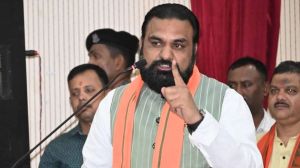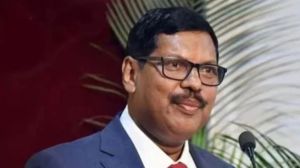On every dimension
This is the 20th year of the UNs Human Development Report,and over its two decades it has moved from an intriguing,slightly academic,sidelight of development economics into the mainstream of public policy.
This is the 20th year of the UNs Human Development Report,and over its two decades it has moved from an intriguing,slightly academic,sidelight of development economics into the mainstream of public policy. From the start,the project,although global in scope,was always led by the problems that South Asia,in particular,faced most acutely unsurprising,since it was developed and led for years by Pakistani economist Mahbub ul-Haq,who was that countrys finance minister for most of the 80s. He,along with Amartya Sen,pioneered the idea of development as being more than just greater income: it also meant access to more and more options,to the capability to fulfil more and more of your aspirations.The Human Development Index or HDI,the reports main product,reflects this idea: it includes income,but also quantifications of access to health and education life expectancy and mean years of schooling,for example. This HDR looks at the big movers,the countries that have improved the all-round lives of their citizens most. Here theres an interesting point: India features in the top 10 of those countries when in an income-focused HDI; when income-related parameters are taken out,then India loses its spot. That shows something: our ability to convert our astounding income growth into actual opportunities for our citizens isnt world-class.The HDR also expands itself to two new measures,both of which contain lessons for India. The first is multi-dimensional poverty,which takes into account aspects of poverty that go beyond low income,and thus deepen our notions of the poor. The implications for India are strong: eight Indian states have poverty as acute as the 26 poorest African countries,and are home to more poor people than those countries. And the caste-wise division is stark as well: a third of upper-caste households are poor on several dimensions,as opposed to two-thirds of Scheduled Castes and four-fifths of Scheduled Tribes. Such questions of inequality matter,the report argues,and quantifies them through an inequality-adjusted HDI,which causes India to drop sharply down the ranks. Indeed,unlike ordinary income inequality,grave inequality in the HDI reveals sharp divisions in opportunities. It means that the state is failing to provide its citizens with the ability to improve their chances,meet their aspirations or is failing to get out of the way and let its citizens do it for themselves. The report has shown: Indias done well to grow. But the services its
citizens expect have not kept up.



- 01
- 02
- 03
- 04
- 05




























